Has Australia ever conducted a nuclear test?
The answer is
Yes! And more than once, but 12!
In the NPT, the legal possession of nuclear weapons is the United States, the Soviet Union (Russia), the United Kingdom, France and China, in addition to nuclear-weapon States. And India, Pakistan, North Korea and Israel.
In our understanding, Australia should be a vast and sparse land, rich in nuclear minerals, but a nuclear-weapon-free country. It was also built at the boycott nuclear power plant, but it did carry out nuclear tests.
It all started in 1931.
That year, Australia began to exist as a British colony, and it was not until 1986 that Australia became truly independent.
During the Commonwealth period, Australia's government agreed to Britain's request for a nuclear test.
Twelve nuclear tests were conducted between 1952 and 1963. Three times in the Montebello Islands in western Australia, two times in Emfield Emu Field and seven times in Malalinga Maralinga in South Australia.
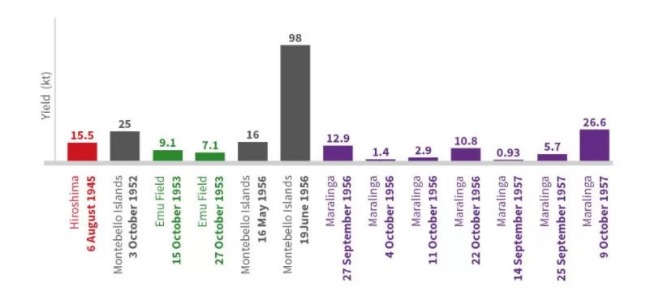
These three places are relatively remote, one is archipelago, two is desert.
The Malalinga test site is the most frequently tested because it is on one side of the trans-Australian railway and is more convenient for material transportation.
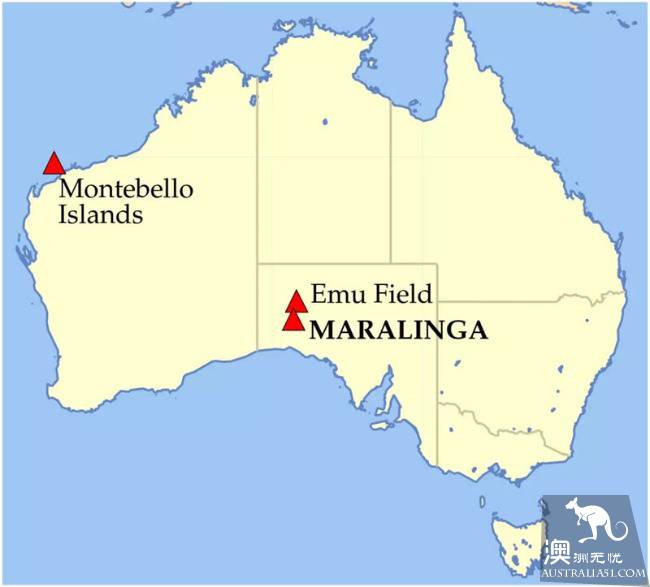
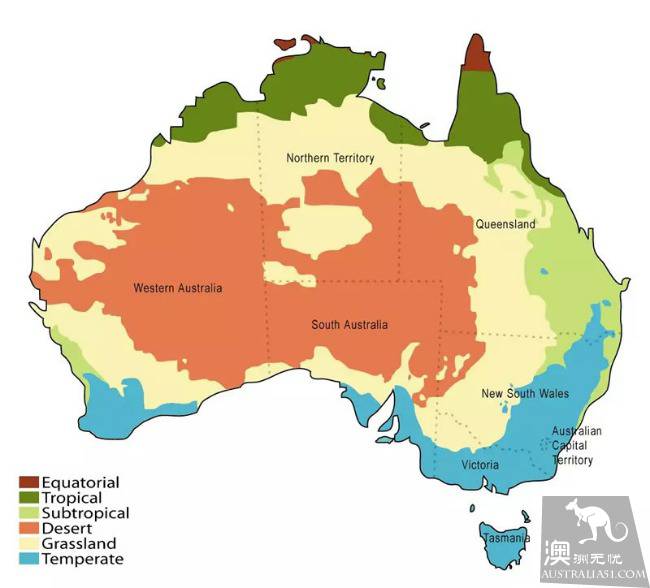
A comparison of the above two maps shows that nuclear tests were conducted basically in areas close to the desert.
Adverse effects of nuclear testing
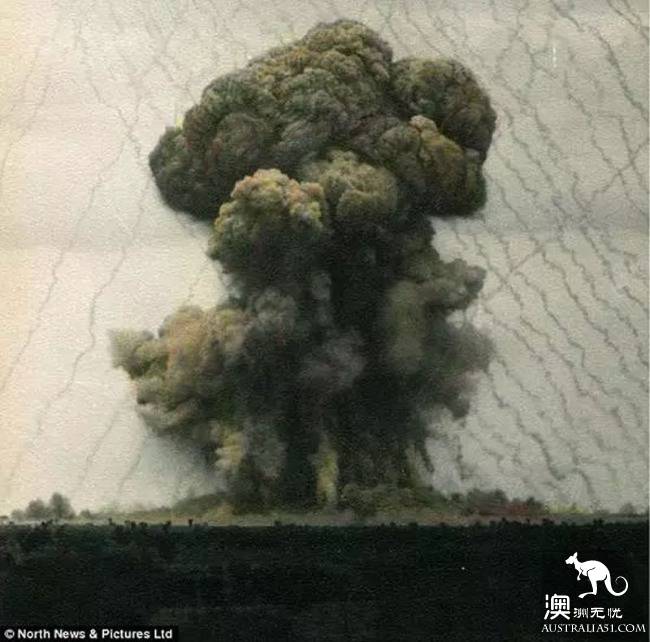
John Alfred Milsom photographed the British test of a nuclear explosion in Australia in the 1950s
The radioactive contamination in the Montebello Islands is thought to be more serious than Hiroshima and Nagasaki. It was banned until 1992, when it misestimated the direction of the wind, causing dust from nuclear explosion to drift to Australia rather than to the ocean. One nuclear test was carried out on a ship, causing radioactive ship fragments to scatter and most of the debris has now been removed.
The radioactive contamination caused by Malaringa tests, mainly more than 20 kilograms of radioactive plutonium Pu-239, plutonium can be inhaled, ingested or chapped through the skin into the human body, with a long half-life. Exposure to plutonium does not pose a serious health risk, as radioactive alpha particles are difficult to pass through undamaged skin.
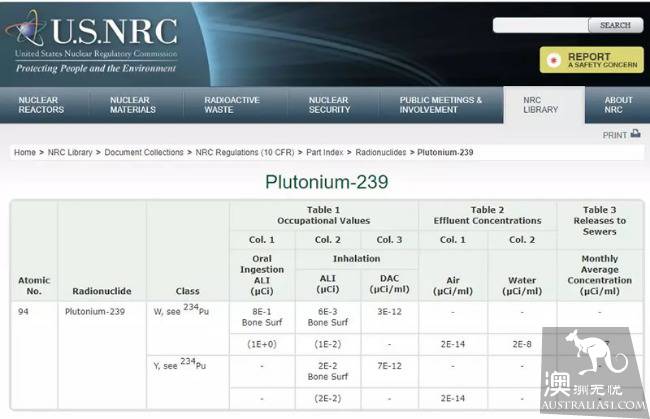
The experiment was detonated in the air, and the mushroom cloud's radioactive dust fluttered downwind, forming several long bands of pollution. The public also slowly learned the inside of the nuclear test, and began to oppose the conduct of nuclear testing. Typical representatives, like Veterans: Avon Hudson.
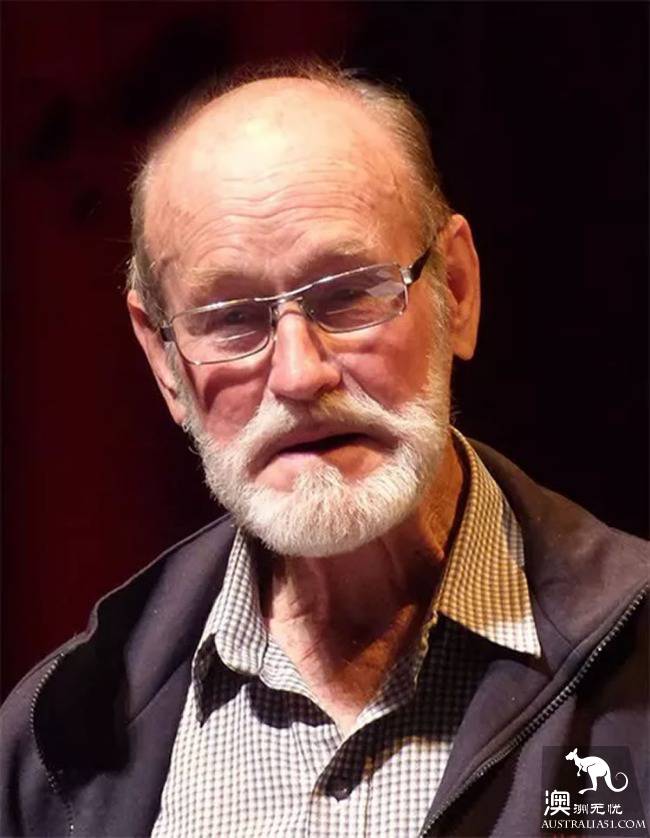
In 1967, Britain sent troops to clean up the nuclear test contaminated area, but failed to achieve its intended goal, clearing only the core area and isolating 20 hectares of core area. The 200-hectare area heavily contaminated by radioactivity in the downwind area is not quarantined.
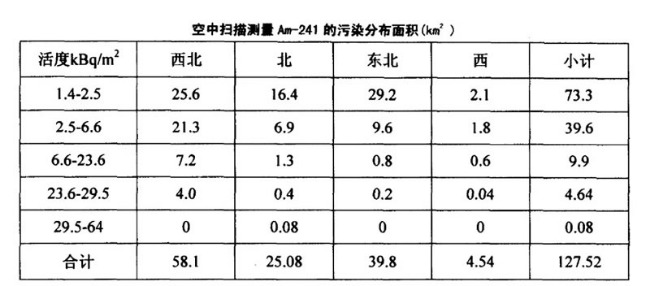
The Malalinga region of South Australia was tested in 1985. The results showed that there were still serious radiation hazards, especially in Taranaki, which led to the resumption of pollution control at the nuclear test site.
This time, the UK paid 20 million pounds to Australia's government to clean up contaminated areas, scraping contaminated soil with a surface activity of more than 40 kBq/m2 and burying it underground. The area between 3 and 40 kBq/m2 was marked as non-residential area and 21 pits with concentrated pollution were treated by glass curing technology.
While some still question whether the clean-up was complete, scientists overseeing the clean-up believe the nuclear-test sites are no longer at any radiation risk.

The picture shows the Malalinga nuclear test zone
In Malaringa, the main site of the nuclear test, there were originally many indigenous peoples. But the indigenous people were not taken seriously at the time, their rights were not upheld, and the military did not consider the impact of the nuclear explosion on the indigenous people. Many at the time suffered from serious illnesses, including cancer, blindness, miscarriages, and so on, following the nuclear test. However, due to the random effects of nuclear radiation, many years later it is difficult to determine whether the disease is related to nuclear radiation.
In 1994, Australia paid $13.5 million to indigenous people in the region.
Here is John Alfred Milsom
New research shows Taranaki is still off limits, but most of Malaringa's other areas show that radiation doses are accessible. The radiation concentrations in the Montebello Islands and Ermfeld are within the common natural radiation background concentration range.
Rich Nuclear Mineral Resources & High radioactive background
Australia has rich uranium resources, 29% of the world's uranium resources, is one of the world's three largest uranium producers. But it has not sought to develop nuclear weapons. Because rich in radioactive mineral elements, so the natural background of radioactivity is also relatively strong.

Red purple and purple represent radioactive mineral resources
A paper in the Journal of Environmental radioactivity, radioactivity from drinking Water supplies in Western Australia, shows total doses of drinking water at 52 public outlets in southwestern Australia ranging from 0.001 to 2.375mSv.y-1. Average annual measure of 0.167 mSv.y-1. This indicates that individual areas in western Australia have a high level of radioactivity, and 94% comply with Australia's current drinking water guidelines. And 10% comply with the WHO radioactive guidelines used in many other countries.
According to the International basic Safety Standards, the individual dose limit for exposure to public exposure is 1 millisig / year (mSv.y-1).
Our country's policy is 0.25 mSv.y-1.
Enrichment of radioactive substances in the food chain
"Banana equivalent dose"
The term was coined either by a half-understanding of radioactivity or by pretending to be confused. The equivalent dose of banana is unofficial. Neither the IAEA International Atomic Energy Agency nor any other nuclear research institute has the term, but only the term "absorbed dose" and "equivalent dose".
Bananas contain naturally occurring radioisotopes, in particular Kx 40.
Banana everyone likes to eat, but there is nothing wrong with it, so the coined word "banana equivalent dose" helps reduce the public's fear of radiation. The concept proposed is that 150 grams of bananas have about 0.1 μ Sv of radiation.
This concept has to be clever, in fact, the amount of potassium K in the human body is stable, as much as it absorbs from food. Assuming an intake of more than 150 grams of bananas, the total radioactivity of 0.1 μ Sv would not be increased because excess potassium would be discharged. There is no linear relationship between radiation intensity and banana intake, while radioactive plutonium Pu-239, lead Pb-231 is enriched in the human body, and it is difficult for the human body to discharge through its own metabolism. The intensity of radiation is proportional to the level of enrichment of these radioactive substances.
Here's a concept.
Half-life: Half life. It's not half a life. It's the time it takes to reduce the amount of radioactive material to half its initial value.
The half-life of the potassium K + 40 is long: 1.3 billion years! It takes as long as 1.3 billion years to release half the amount of radiation that contains 0.1 μ Sv. If I could live so long, it would be a lonely thing. In fact, in just a few decades, little radiation has been released.
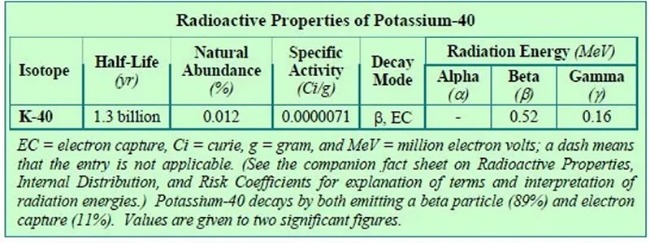
The half-life of a lot of radioactive materials, from seconds to minutes to decades.
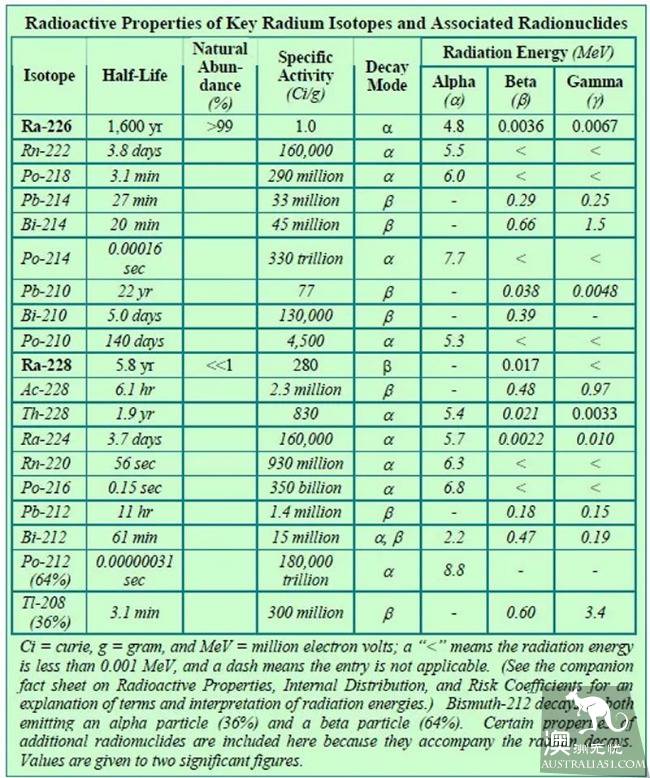
Suppose a person lives to 100 years of age, when decay produces enough radiation to affect your health. Alpha particles, beta particles and gamma rays can damage the structure of DNA, affect the replication and expression of genes, and cause gene mutations. Beyond the ability to repair their own DNA, this is the cause of cancer caused by radioactive elements.
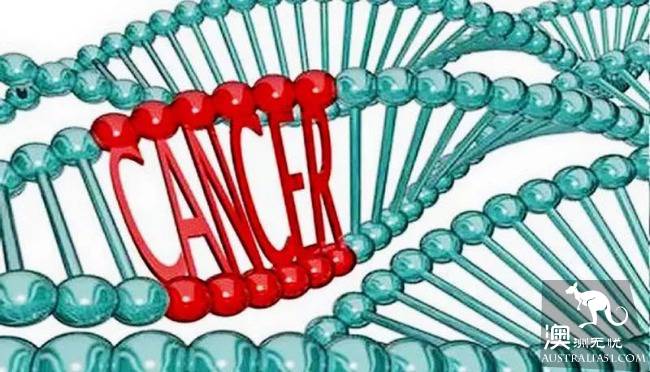
Can we still drink Australian milk powder?
In fact, the above content, I guess everyone is not very concerned. I'm sure you just want to know if Australia's milk is ready to drink.
From a written analysis, from the Australian New Zealand Department of Agriculture website data, dairy industry has made an important contribution to the Australian economy. In 2015 / 16, it accounted for about 8 percent ($4.3 billion) of gross agricultural product and about 7 percent ($3 billion) in agricultural export earnings.
Australian New Zealand Agriculture surveys Australian Dairy Farm
As shown below
The ranch, mainly in the east and southeast, is very far from the three nuclear test sites mentioned earlier.
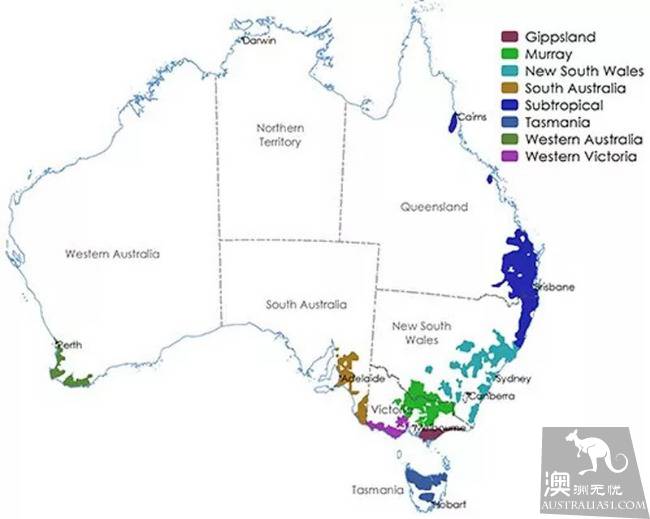
Also for Australian residents, if you don't know if radiation is high in the vicinity of your home, you can apply to rent equipment to measure it on the Australian radiation research agency's website.
Adjunct web address
According to third-party evidence, Amazon sells Australian milk powder, such as A2 pieces of milk powder.
In addition, during the Fukushima nuclear spill, the United States Department of Agriculture (USDA) reported that Japan's imported food contained radioactivity, without any adverse information on Australian milk powder.
And in the 2017 Australian dairy report, more about production and market-related things. There are no poor records of product quality, and the retrieval of radioactivity is also related to the application of radioactive elements and the disposal of radioactive wastes.